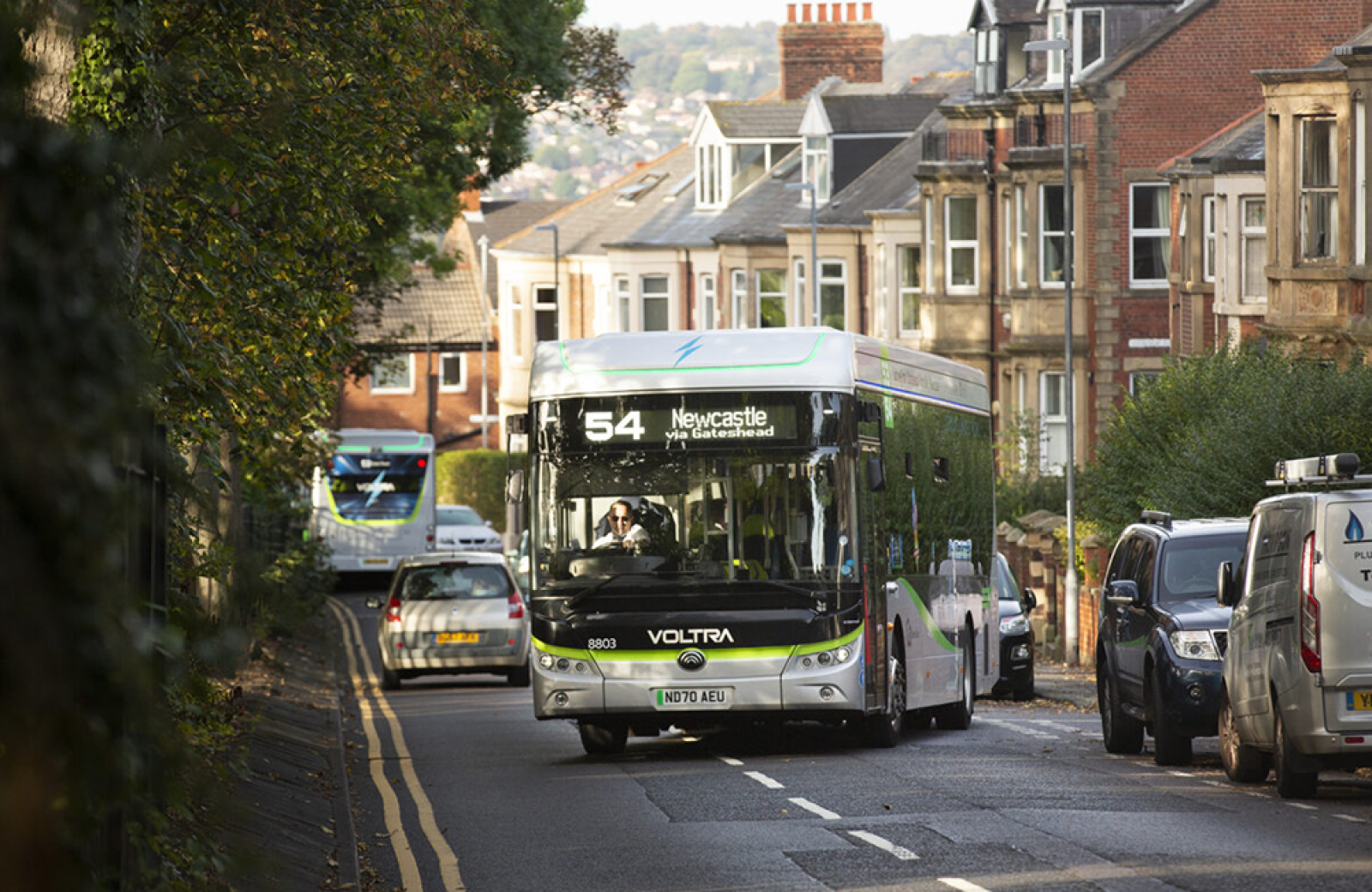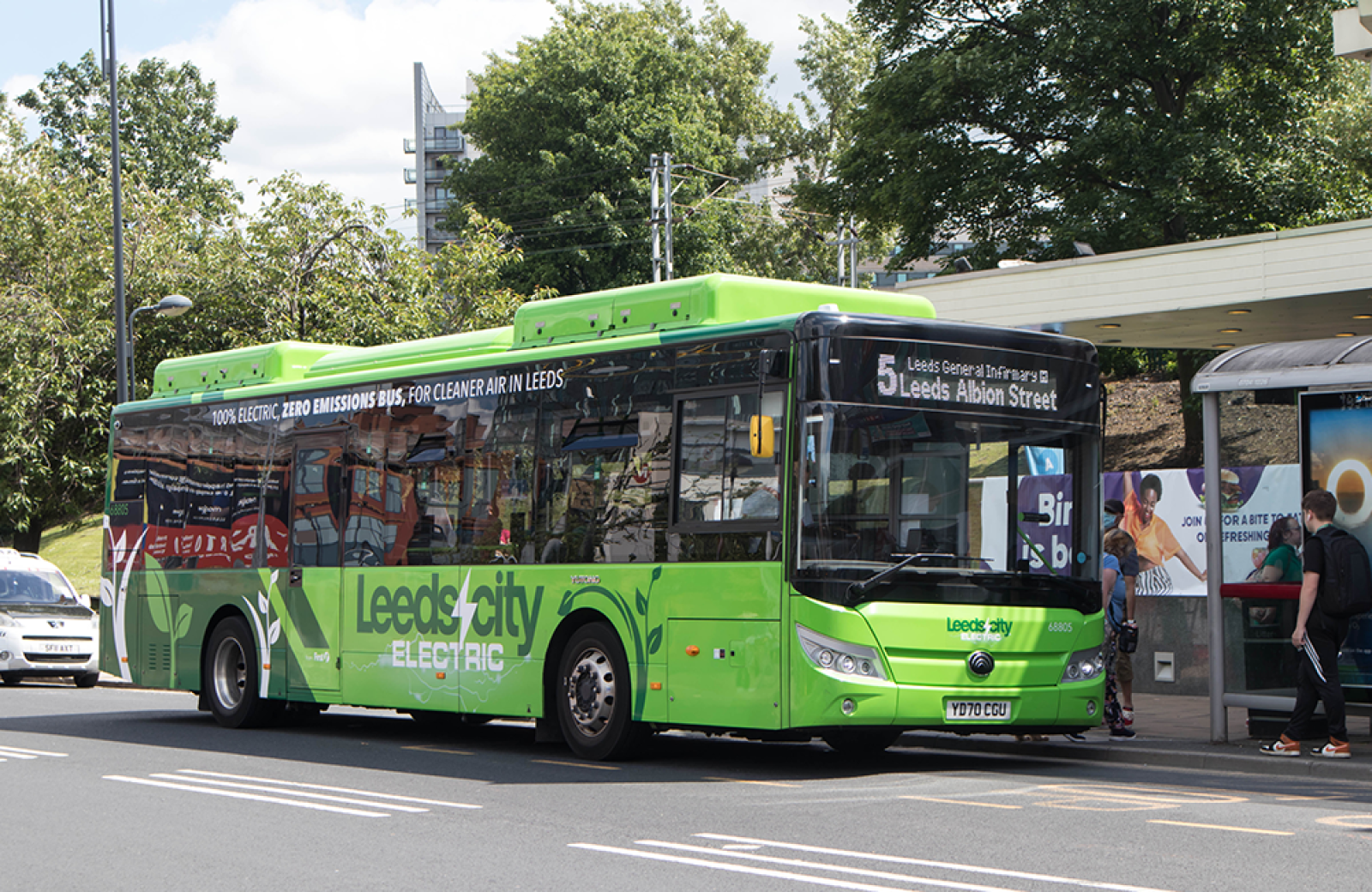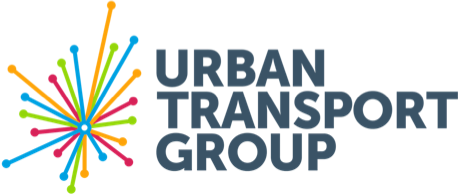A Smoother Ride
Can capital investment deliver more efficient bus services?
A Smoother Ride – Can capital investment deliver more efficient bus services?
The bus is the nation’s most used form of public transport.
However, despite the ubiquity of the bus, the essential service it provides and the wider benefits it continues to deliver, patronage and networks have been steadily shrinking for decades.
This paper explores whether capital investment in bus can be used to make bus services more efficient, thereby boosting patronage, and reducing operating costs, enabling operators to expand networks and grow revenue.
The two main mechanisms through which this could be achieved are; investment in new, more efficient vehicles (in this case, zero emission buses or ZEBs) and in the provision of bus priority measures.

To explore the impact of these kinds of capital investments on the bus networks in metropolitan areas, we used our unique Metropolitan Bus Model tool to run several scenarios, based on a deregulated bus market (as this is currently representative of most areas).
The model was able to explore the efficiency savings capital investment enabled, including how this impacted on operator decisions and the size of networks. It is, however, important to note that in a commercial, deregulated bus market, there is no guarantee that all such savings would be directly translated by operators into service improvements.
Modelling the impact of capital investment
Under a ‘do nothing’ scenario, the bus market in metropolitan areas would shrink from 780 million trips a year in 2022/23 to 506 million trips by 2035/36 or 35%, a loss of 274 million bus trips. Vehicle kilometres would fall from 468 million a year in 2022/23 to 267 million in 2035/36 or 43%, a loss of 201 million vehicle kilometres.
The modelling found that by 2035/36:
- Investment in ZEBs could deliver an additional 46 million trips and 33 million vehicle kilometres a year
- Investment in bus priority could deliver an additional 18 million trips and 7 million vehicle kilometres a year
- Maintaining the current enhanced revenue funding beyond April 2025 could deliver an additional 48 million trips and 33 million kilometres a year
- Combining investment in ZEBs, bus priority and revenue funding could add an additional 126 million trips and 88 million vehicle kilometres a year
The modelling shows that investment in capital measures alongside maintaining current enhanced levels of revenue funding can deliver more efficient bus networks, adding millions more passengers and journey kilometres than would otherwise have been the case.
However, the modelling shows that these scenarios would still only serve to slow down, rather than reverse, the long-term pattern of declining bus services.

The modelling is clear – if we don’t act, our city region bus services are in danger of being severely hollowed out.
By committing to long-term capital and revenue investment in green buses and bus priority schemes, Government can help to prevent bus networks from being scaled back further and stem the loss of millions of journeys each year.
Our model shows that capital investment can indeed unlock efficiencies, and that these benefits can be multiplied by combining that investment with enhanced revenue funding support.
These interventions would undoubtably make a huge difference to patronage levels and passenger experience. Crucially, they would also contribute towards wider goals of cutting congestion, achieving net zero and levelling up.
To reverse the cycle of decline and achieve growth and transformation, there is a need for government to review its overall approach to bus funding and work in partnership with local government to find a way forwards.
Further reading
Report
A Smoother Ride - Reviewing the Bus Services Act 2017 to empower local areas
Report

